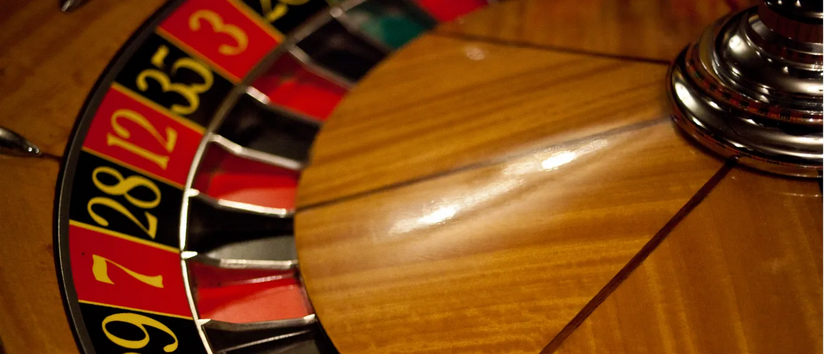Module 6: Probability (Chapter 6)
Section outline
-

Casinos are big business; according to the American Gaming Association, commercial casinos in the United States brought in over $43 billion in revenue in 2019. Casinos must walk a fine line in order to be profitable. Their customers must lose more money than they win, on average, in order to stay in business. But if the chances of a single customer winning more money than they lose is too small, people will stop coming in the door to play the games.
In this chapter, we'll study the techniques a casino must use to determine how likely it is that a customer will win a particular game, and then how the casino decides how much money a winner will rake in so that the customers are happy, but the casino also turns a profit in the long run. In order to figure out those likelihoods, we have to be able to somehow consider every possible outcome of these games. For example, in a game that involves players receiving 5 cards from a deck of 52, there are 2,598,960 possibilities for each player. We'll start off this chapter by learning how to count those possible outcomes.
Image Caption: Roulette is a game whose outcomes are based entirely on the concept of probability. (credit: modification of work "Roulette wheel" by Håkan Dahlström/Flickr, CC BY 2.0)
(Content & Image Source: Chapter 7 Introduction, Contemporary Mathematics, Donna Kirk, OpenStax, CC BY 4.0 License)
Upon completion of this module, you will be able to:6.1 Concepts of Probability- Identify a simple event, a compound event, and the sample space of an experiment.
- Compute probabilities using the basic probability formula.
- Identify complementary events and compute their probabilities.
- Compute the odds of an event.
- Identify independent events and compute their probabilities.
- Compute the probability of an "or" statement.
6.2 Conditional Probability and Bayes Theory- Calculate conditional probability
- Use Bayes Theorem to determine the probability of an event
6.3 Counting- Understand basic counting techniques
- Use the basic counting rule to find probability
- Find probability using Permutations and Combinations
6.4 Expected Value- Determine the expected value of an event
To achieve these objectives:- Read the Module 6 Introduction (see above)
- Read Sections 6.1 - 6.4 of Chapter 6: Probability in Finite Mathematics (links to each Section provided below)
- Watch the Videos provided in the Video Lessons pages for each Section (links provided below)
- Complete the MyOpenMath Homework Assignments for each Section (links provided below) - These are graded!
- Complete the MyOpenMath Quiz for Chapter 6 (link provided below) - This is graded!
- Once you complete the Quiz, upload your work in the Quiz Work Upload Assignment using the submission link below.
- Post in the Chapter 6 Q&A Discussion Forum - link provided below.
Note the check boxes to the right that help you track your progress: some are automatic, and some are manual.Module Pressbooks Resources and Activities
You will find the following resources and activities in this module at the Pressbooks website. Click on the links below to access or complete each item.
Background Colour
Font Face
Font Kerning
Font Size
Image Visibility
Letter Spacing
Line Height
Link Highlight
Text Colour
